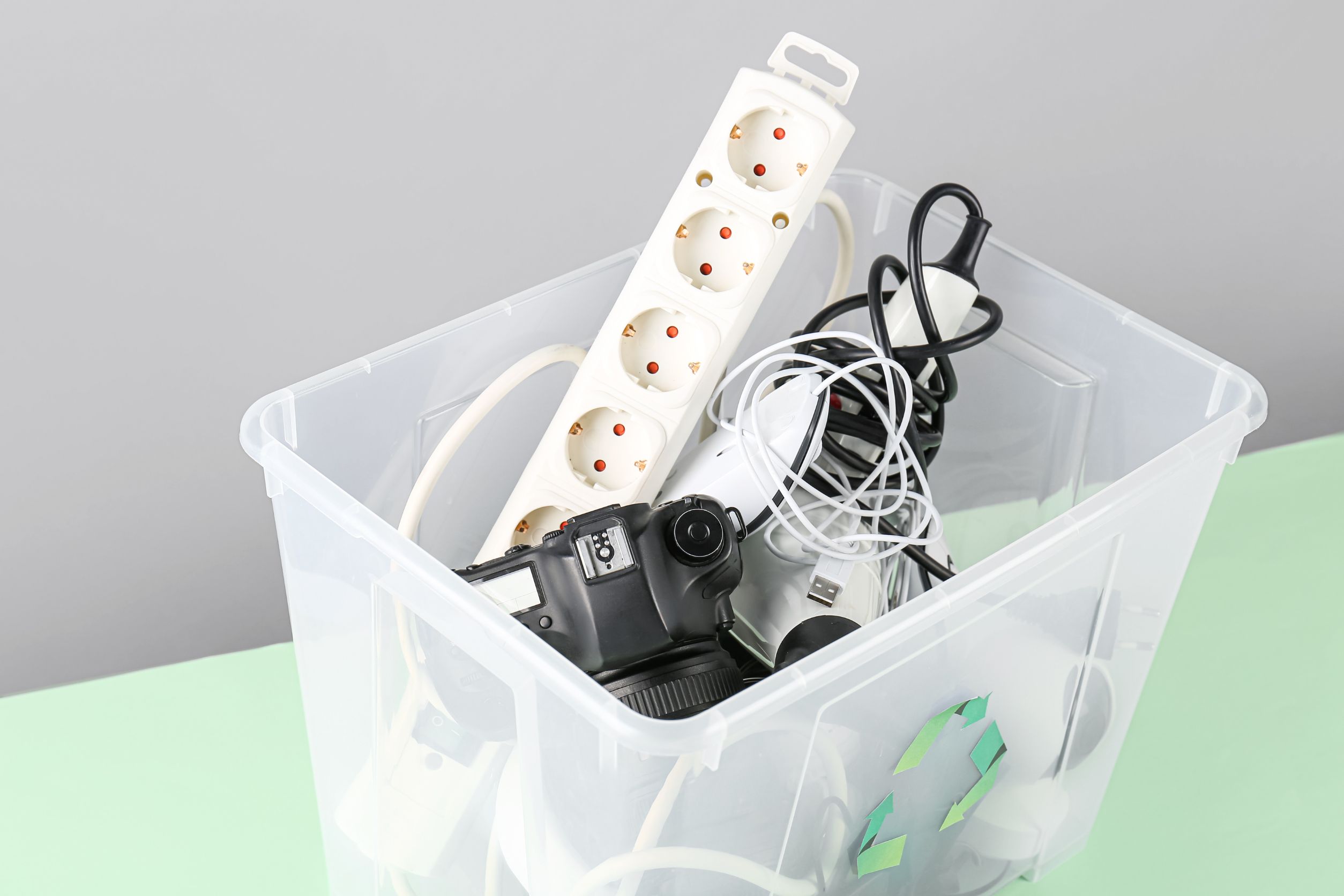That dream kitchen or trendy open staircase might boost your home’s resale appeal, but not all upgrades are kid-friendly. Some popular design choices unintentionally put little ones at greater risk of injury, turning aesthetic gains into safety losses. When you’re remodeling a home with children in the picture, it’s important to weigh more than just beauty and value. You also need to ask: will this make the house safer—or more dangerous—for my child? Here are five common home renovations decreasing kids’ safety and what to consider before moving forward with them.
1. Open Staircases with Minimal Railings
Modern, floating staircases look sleek, but they’re one of the riskiest home renovations decreasing kids’ safety. Open treads, minimal railings, and wide gaps between bars make it easier for children to slip, fall, or get stuck. Even if the staircase meets building code, that doesn’t mean it’s safe for toddlers or young kids. Retrofitting with safety gates or custom barriers can be costly and may alter the original design. When planning a remodel, prioritize sturdy railings, closed risers, and grip-friendly materials to protect curious climbers.
2. Fireplace Makeovers with Hard Edges
Turning an old fireplace into a modern centerpiece often involves sharp stone or tile finishes. While they may look clean and high-end, these hard surfaces pose a real threat if a child falls against them. Even padded hearth guards are often removed once kids start walking, leaving the area wide open to injury. Some renovations also involve raised hearths, which become tempting platforms for jumping. Consider softer edge materials, or build in safety-first design features if a fireplace update is on your renovation checklist.
3. Expanding Kitchens with High Counter Seating
Large kitchen islands with barstools are a popular remodel, but they come with hidden hazards for families. Children can easily fall off backless stools, especially if the seating is tall or on slippery flooring. Plus, open-concept kitchens often mean fewer visual barriers, making it easier for kids to reach stovetops or sharp tools left on counters. Home renovations decreasing kids’ safety often start with prioritizing adult convenience over kid-proofing. To balance both, choose stools with backs, add anti-tip features, and keep climbing temptations out of reach.
4. Slick Flooring Materials
Swapping carpet for hardwood or polished concrete might seem like a smart style or cleaning upgrade. But many of these surfaces become slick hazards, especially when paired with socks, spills, or wet shoes. Kids learning to walk or run indoors are more likely to slip and suffer injuries on hard floors. Some materials, like tile, are especially unforgiving in high-traffic areas like bathrooms or entryways. If you’re set on a hard surface, look into textured finishes or area rugs with non-slip pads to minimize the risk.
5. Wall-Mounted Shelving and Furniture
Minimalist design trends often include floating shelves, wall-mounted desks, and anchored dressers to free up floor space. But if these aren’t properly installed into studs—or if kids decide to climb them—they can become dangerous. Wall-mounted TV units and shelves that look sturdy may collapse under even a small child’s weight. This makes them one of the sneakier home renovations decreasing kids’ safety. Always use professional mounting hardware, secure furniture with anti-tip kits, and consider age-appropriate alternatives for furniture your kids will use daily.
A Safer Home Is a Smarter Investment
While style and home value matter, no upgrade is worth the risk to your child’s safety. Home renovations decreasing kids’ safety often seem harmless on the surface, but they can lead to injuries, regrets, or costly fixes down the road. The good news is you don’t have to sacrifice aesthetics for safety. With smart planning and a family-first mindset, your home can be both beautiful and secure. Safe design doesn’t just protect kids—it protects your peace of mind.
Have you come across a renovation that seemed great until kids got involved? Share your story or tips in the comments to help other parents stay safe.
Read More:
How to Create a Child-Friendly Home Design During Your Remodel
What to Do When Your House Is Too Big for You?
Catherine is a tech-savvy writer who has focused on the personal finance space for more than eight years. She has a Bachelor’s in Information Technology and enjoys showcasing how tech can simplify everyday personal finance tasks like budgeting, spending tracking, and planning for the future. Additionally, she’s explored the ins and outs of the world of side hustles and loves to share what she’s learned along the way. When she’s not working, you can find her relaxing at home in the Pacific Northwest with her two cats or enjoying a cup of coffee at her neighborhood cafe.





































































